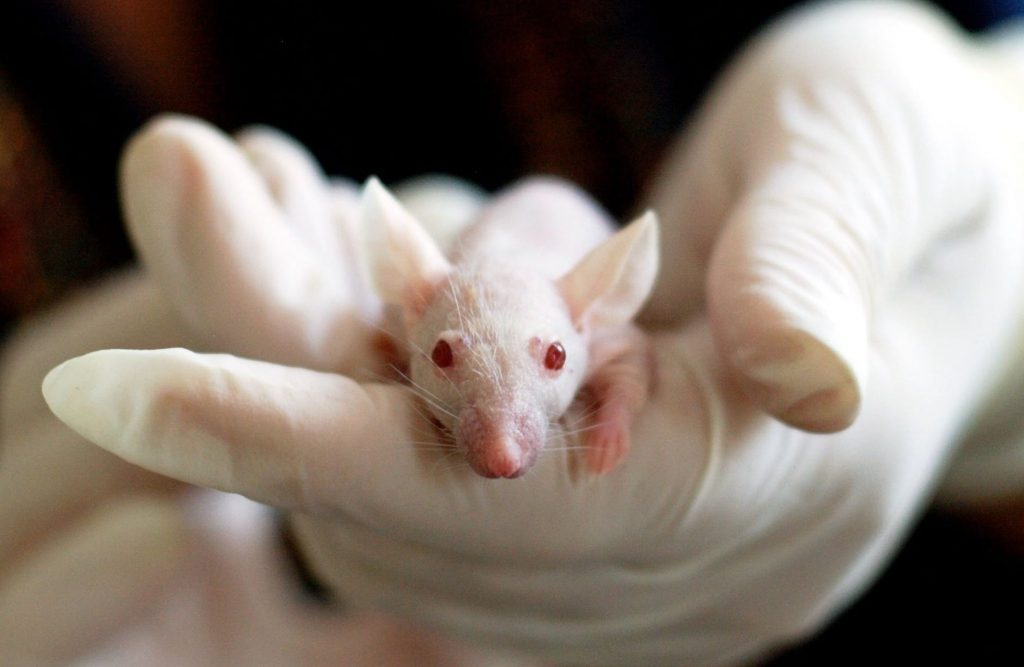If you are thinking of a dressed-up mouse walking on a ramp and posing for pictures, then you are thinking wrong! Mouse models – as the name indicates – serve as a “model” for human diseases. Mice, similar to many mammals, can develop diseases. These include cancers, diabetes, and cardiovascular problems. Over the past century, mice have been used to study not only these naturally-occurring mouse diseases, but also disorders which do not typically affect mice. For instance, thanks to advancements in genetic engineering, scientists have generated mice that develop Alzheimer’s disease and cystic fibrosis. These mouse models are then used as tools to help scientists study the underlying causes of human diseases and, ultimately, create better treatments.

Why can’t we study the disease in humans?
In humans, we can only obtain a snapshot of disease at a given time. This is particularly true for neurodegenerative diseases, where one cannot simply isolate parts of the brain to study them. In addition, an individual suffering from neurodegenerative disease is often not aware of their condition – and are not even diagnosed – until they are symptomatic. As a result, it is impossible to understand how an individual developed the disease over time, which can make it quite difficult to determine a proper therapeutic course. To best understand the cause and progression of neurodegenerative disorders, researchers generate animal models. These models, often using mice, are informed by genetic susceptibility and environmental risk and mimic the clinical course of a human disease.
Why use a mouse as a model?
There are several advantages to using the mouse as a model:
- Humans share more than 95% of their genome with mice, which means disease-causing mutations in mice have an effect that is similar to what occurs in human disease.
- The mouse genome is well-studied and completely mapped (i.e., all genes have been identified), which makes it easier for researchers to manipulate genes in mice to study most human diseases.
- The life span of mice is short, which allows the disease to be studied at an accelerated pace.
- The size and ease in handling of mice makes preliminary testing of potential drug treatments a fairly simple process.
- The maintenance of mouse models is much cheaper than larger organisms.
Why are mouse models vital?
Mouse models are indispensable for a better understanding of human disease and for the development of effective treatments. Mouse models of deafness, for instance, have played a vital role in identifying the specific genes that are responsible for inherited hearing loss. Similarly, mouse models have also enabled scientists to model complex neurological diseases such as Alzheimer’s disease, Huntington’s disease, and several different types of ataxia. These models have greatly improved our understanding of neurodegenerative disease and brought us one step closer to the development of effective treatments. Because of this, the quest to identify a mouse model that mimics every aspect of a human disease – such as a specific type of spinocerebellar ataxia – continues to this day. These mice are instrumental for scientists to develop new treatments for disease and, ultimately, a cure.
If you would like to learn more about mouse mondels, take a look at these resources by the Jackson Laboratory and National Institutes of Health.
Snapshot written by Dr. Sriram Jayabal edited by Dr. Maxime Rousseaux









